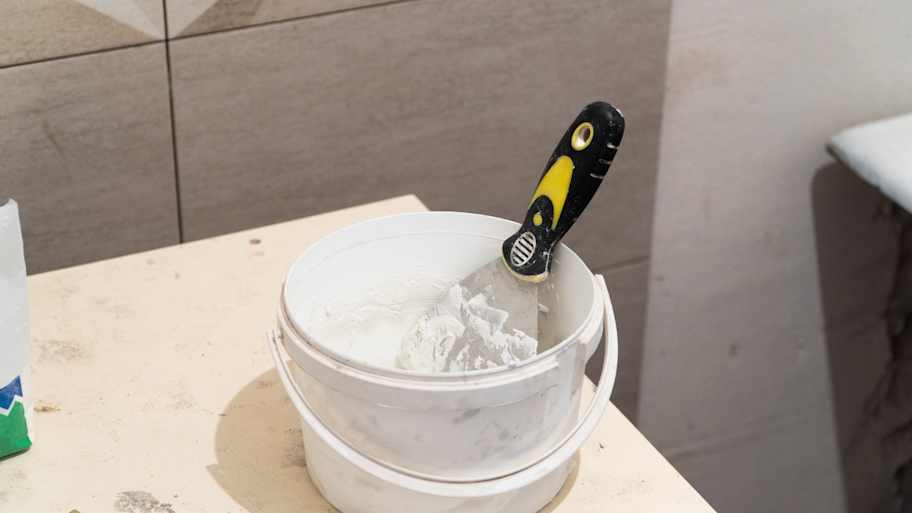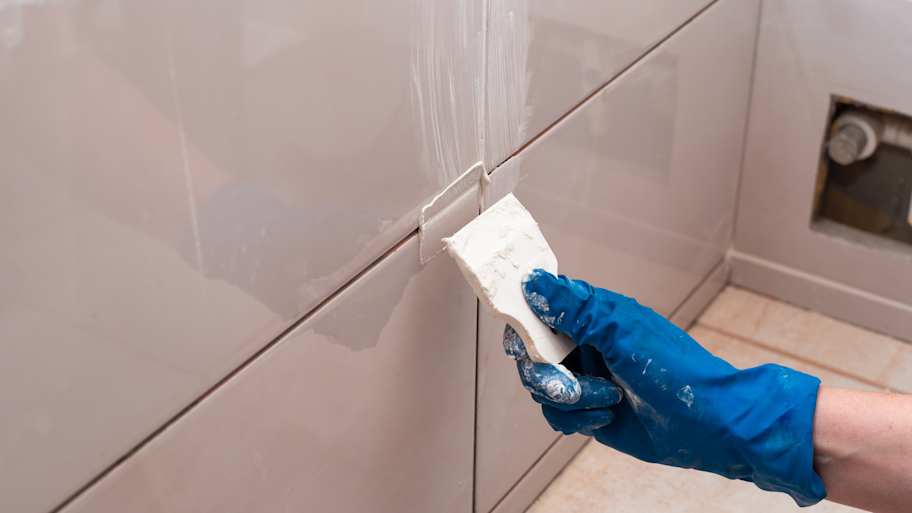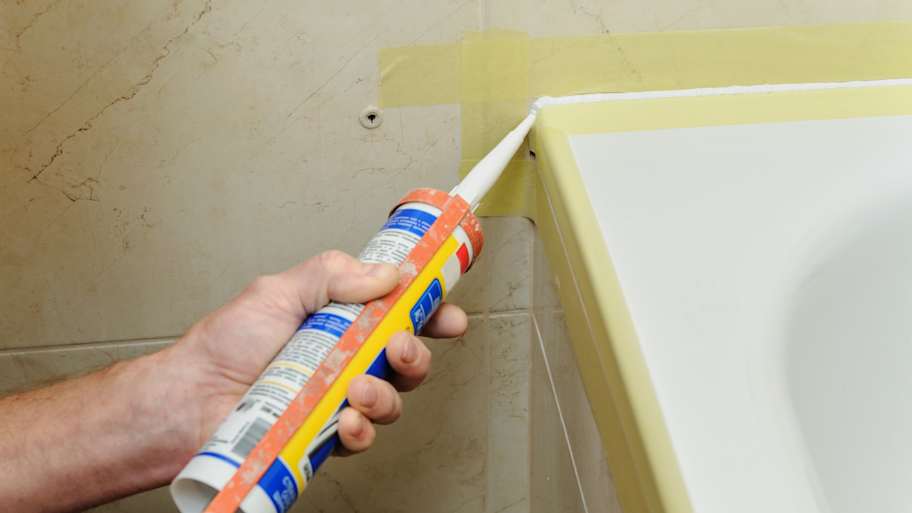
The cost to install porcelain tile depends on materials, size, and whether you DIY or hire a pro. This guide will help you choose the perfect porcelain tile for your home and budget.
The unsung hero of tilework


Grouting is a key part of any tile project, but it’s also one of the messiest and most detail-oriented steps. A great tile job can be undermined by sloppy grout lines, dried haze, or early wear if you don’t take the right precautions. These tips for grouting tile are designed to help you work smarter (not harder) so your finished project looks clean, polished, and holds up.
The most important part of learning how to regrout tile floors, backsplashes, and other surfaces is using the right grout type. Sanded grout works well on wider joints because it's durable and resistant to cracking. Narrow joints and delicate tiles like glass perform best with unsanded grout. Epoxy grout works best in moisture-prone areas like showers or backsplashes. However, it's trickier to apply than other types of grout. When figuring out how much grout you need, you'll need to determine the size of your surface.
Grout is notoriously hard to clean off porous or textured surfaces, so mask off areas like painted walls, fixtures, or countertops with painter’s tape before you start. This extra prep step can save you a ton of cleanup time and prevent accidental staining or damage to adjacent surfaces.

A common grouting mistake is mixing the grout too dry or too soupy. You're aiming for a texture similar to peanut butter — smooth, thick, and spreadable. Grout that’s too dry won’t bond properly, and overly wet grout can shrink and crack as it cures. Take your time with mixing, because a well-mixed batch makes the whole process easier.
Grout dries quickly, especially in warm or dry environments. If you try to cover too much area at once, you risk letting the grout harden on the tile surface before you have a chance to clean it. Stick to manageable sections—around 3 square feet at a time—so you can apply, clean, and perfect as you go.

Press the grout deep into the joints at a 45-degree angle rather than just drag the float over the surface. Applying firm pressure helps eliminate air pockets and ensures that every gap is completely filled. Move the grout in multiple directions to really pack it in.
Once the joints are filled, hold your float at a sharper angle (closer to 90 degrees) and scrape off the excess grout. This helps keep the tiles clean and reduces how much cleanup you’ll have to do later. Try to leave just enough grout in the joints without smearing it all over the tile face.
After letting the grout set for about 15 to 30 minutes, grab a damp (not dripping wet) sponge and wipe down the surface using gentle, circular motions. Rinse your sponge frequently and work with a light touch. Too much pressure can pull grout out of the joints. This first cleaning phase is all about removing the bulk of the haze while the grout is still workable. If you're having trouble getting the surface fully clean, consider hiring a local grout tile cleaner.
Even after a good sponge cleaning, a light haze can remain once the tiles dry. That's normal and easy to fix. Use a soft microfiber cloth to gently buff away the cloudy film, revealing clean, polished tile beneath.
The average time it takes grout to cure is between 48 and 72 hours—then it's time to seal it. This step is crucial for cement-based grouts, as it protects against moisture, mold, and stains. Apply a penetrating grout sealer with a small brush or applicator bottle, wipe away any excess, and let it fully dry. If you've used epoxy grout, you can skip this step since it's already waterproof.

Grout is prone to cracking where tile meets another surface, like at corners, along countertops, or between a tile wall and a tub. Instead of grouting these areas, use a flexible, color-matched caulk to prevent cracks and water intrusion over time.
Grout can harden fast—not just on your tile, but also on your tools. To avoid the frustration of scraping dried grout off buckets and floats later, rinse your tools thoroughly right after use. A quick cleanup now saves you hours of work later and helps extend the life of your gear.
From average costs to expert advice, get all the answers you need to get your job done.

The cost to install porcelain tile depends on materials, size, and whether you DIY or hire a pro. This guide will help you choose the perfect porcelain tile for your home and budget.

You're planning a bathroom remodel, but how much will it cost to retile your bathroom? Read this guide to find out.

The cost to install travertine tile depends on materials and the size of the project. This guide to travertine tile cost will help you budget accordingly.

Want that kitchen or bathroom makeover without ripping your tiles out? We'll show you how to paint tile and level up your redecorating game.

From mosaic tiles to planks, tiles come in a huge range of sizes. Not sure which one you need for your project? Let’s review the most common tile sizes.

If you’re hoping to restore a painted tile floor to its former glory, the first step is learning how to remove paint from tile. Get started with these tips.